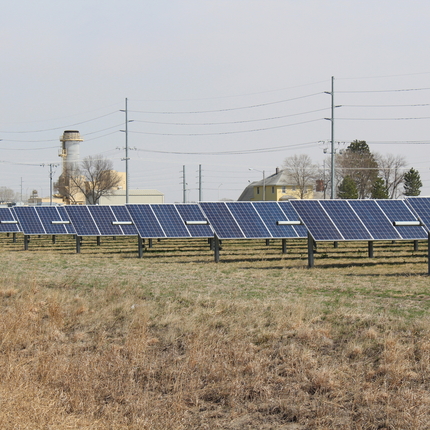By Eric Galatas, Public News Service (NE)
The growth of the solar industry has brought a wave of new projects to Nebraska, including a community solar farm in Scottsbluff that's expected to save the city more than $2 million in energy costs over 25 years.
With more projects on the horizon, Lu Nelsen, policy program associate for the advocacy group Center for Rural Affairs, says solar is poised to boost rural economies.
Nelsen says advances in technology and manufacturing have made solar more affordable for homes, communities and for big utility companies.
"In the past decade, we've seen those prices drop about more than 70 percent," he points out. "And at the end of 2019 we actually saw the price levels for solar hit an all-time low."
Nationally, the solar industry grew by 15 percent between October 2018 and October 2019. In Nebraska, solar increased by 21 percent.
Nelsen says Nebraska also has significant room for continued growth. Power generated by the sun currently supplies less than 1 percent of the state's electricity use, ranking Nebraska 47th among states and territories.
In Nebraska, utility companies are required to credit customers with solar panels on homes when they put any extra electricity onto the power grid, which reduces monthly bills.
And Nelsen expects the state's nameplate tax on power generated by larger solar operations to become an increasingly important asset for rural counties.
"That money goes right back to local counties and it can be a large revenue generator for many counties," he states. "And that revenue helps a lot of rural counties support essential services like schools, police, emergency services and even roads."
Nebraska's nameplate tax is currently about $3,500 per megawatt generated by a large solar facility. The industry has already created more than 1,300 jobs in the state, in manufacturing, installation, development, and other services, and Nelsen expects that number to continue to rise.





